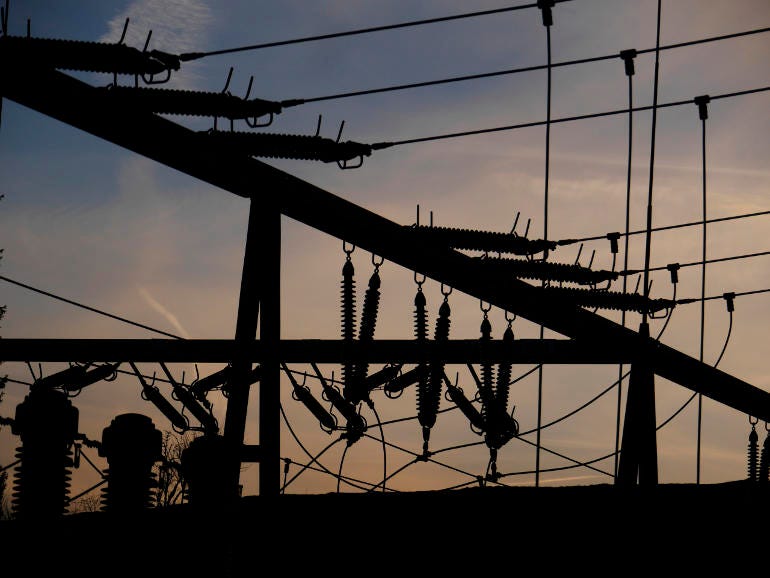
Western Power, a state-owned entity responsible for building, maintaining, and operating the electricity network in Western Australia, is looking to a “smart” future — one it hopes can use sensors and data to predict the currently unpredictable.
Head of ICT Andrew Smith told IBM Think Australia and New Zealand on Thursday that his organisation is on a mission to build a more flexible and modular electricity grid. The grid, he said, needs to be smarter and more sophisticated, and needs to use data to understand how customers are using electricity and how their needs are changing.
But Western Power is faced with a challenge.
The electricity system was designed originally for one-way power flow from large generators down to customers, which Smith said wasn’t an issue when there were only six big power plants with predictable performance. At the time, balancing a grid and the supply and demand of power was relatively easy.
But now, with thousands of small power plants that generate at their own pace, as well as the fact solar only generates electricity when the sun is shining and wind farms only operate when the wind is blowing, that job has become more complex.
“We have to operate the grid at an alternating current of 50 hertz and 240 volts for everything to work properly and there’s a very narrow tolerance for variation,” he explained.
“So our challenge is to turn that unpredictable generation into reliable and controllable delivery of power to customers.”
Instead of investing in more traditional infrastructure or limiting connection to the grid, Western Power is looking for “sophisticated technology” to help with that challenge. One such tech is advanced meters.
“Many utilities have deployed advanced meters usually based on a business case about reducing meter reading costs or improving billing, but actually, they’re very sophisticated sensors connected to every point on the grid, communicating back to our control systems,” Smith said.
“That provides us really valuable data which when we aggregate with all of the other sensors on the network, gives us a real time picture of how the grid’s operating.”
He called it a great example of Internet of Things as there are lots of sensors, in this case, meters, collecting big data to be processed by machine learning and “advanced intelligence” to allow the company to plan the network, configure how it needs to change over the medium and long term, and to operate it in real time.
“We’re already using that technology to detect faults at customer connections which is a much, much better solution than sending out technicians to inspect individual connections and improves customer safety,” he said.
“At the other end of the network, we’re also attaching sensors to big plant-like substations so we can understand their performance, optimise their maintenance schedules, and get more out of the network.”
Smith said Western Power has built an analytics engine to ingest all of that data and model future scenarios.
Western Power’s tech play doesn’t end with the grid; Smith said technology is also helping it find alternative ways to deliver power to customers.
The state entity is deploying standalone power systems that consist of solar panels connected to batteries with a backup generator to customers at the edge of the grid. Among other things, this prevents pole and wire installation in bushfire-prone areas.
Batteries are also similarly being installed alongside microgrids.
Western Power also has trials underway with blockchain startup Power Ledger, the Australian Energy Market Operator (AEMO), and the government-backed Co-operative Research Centre for Low Carbon Living that allow customers to use their network connection in different ways.
“As an example, we have a trial underway where customers can sell their excess power in a peer to peer market. Using blockchain, we have a virtual powerplant, which is aggregating lots and lots of solar panels together to look and behave like a large scale generator,” he explained.
The organisation is also deploying community batteries where customers can rent space in a battery to store their excess power.
“Battery in a cloud, if you like,” Smith said.




















